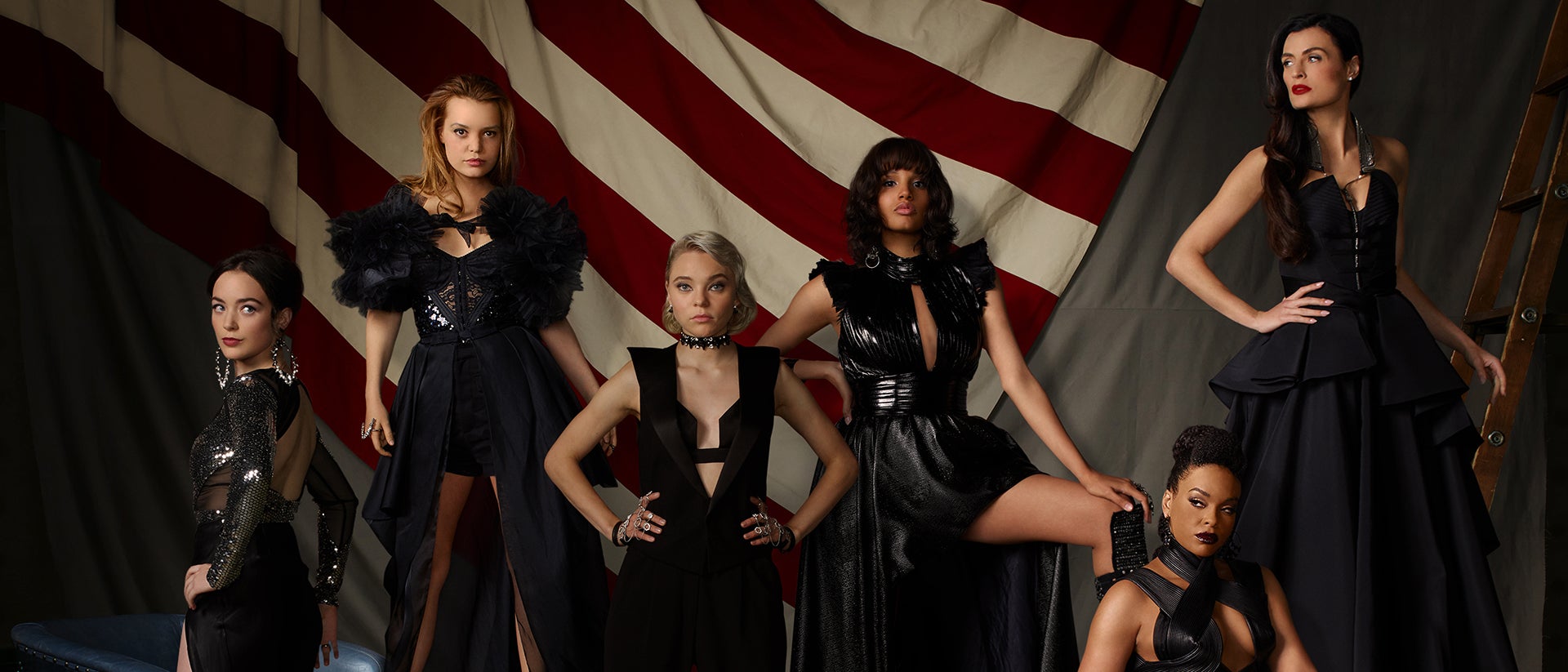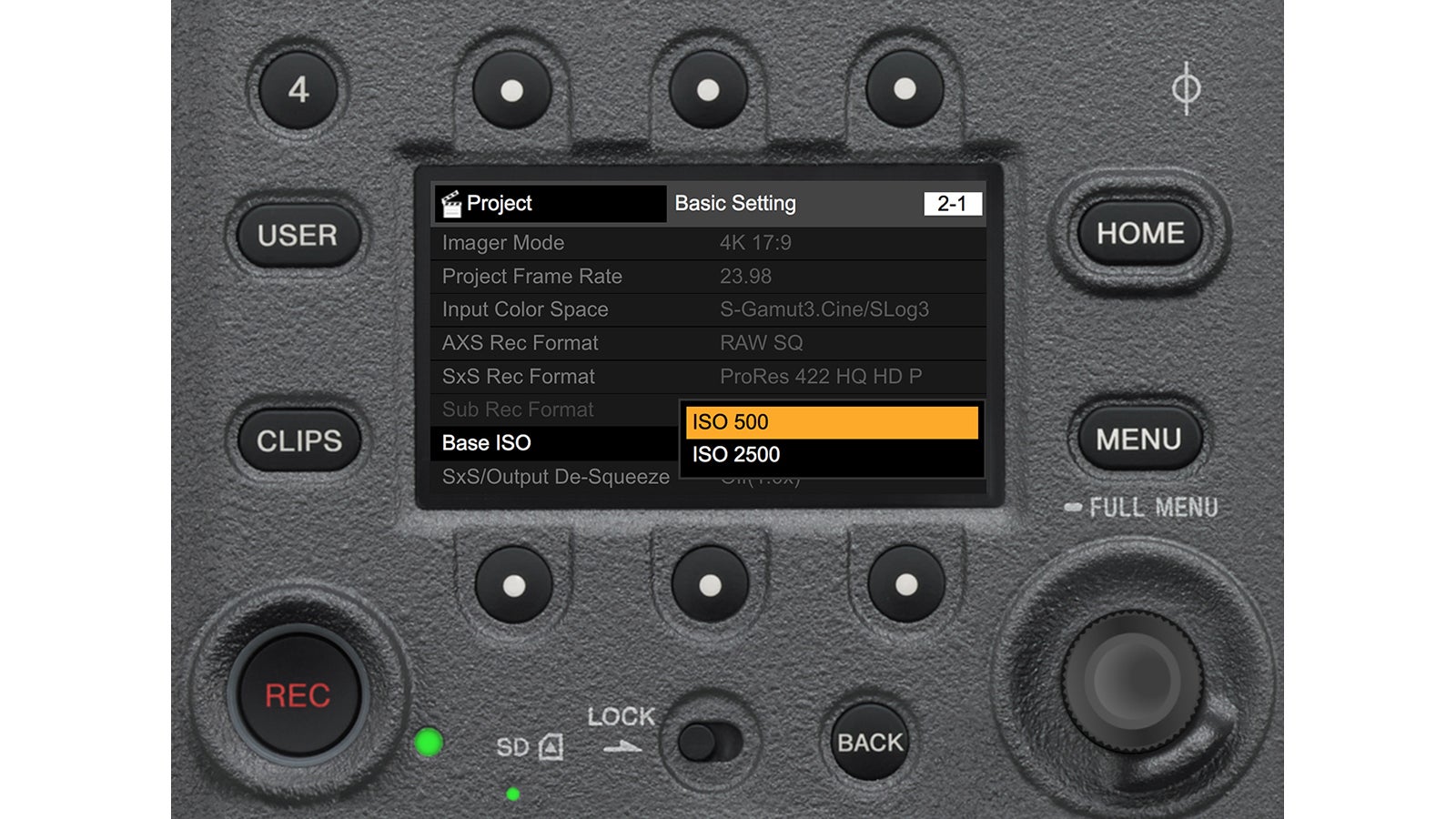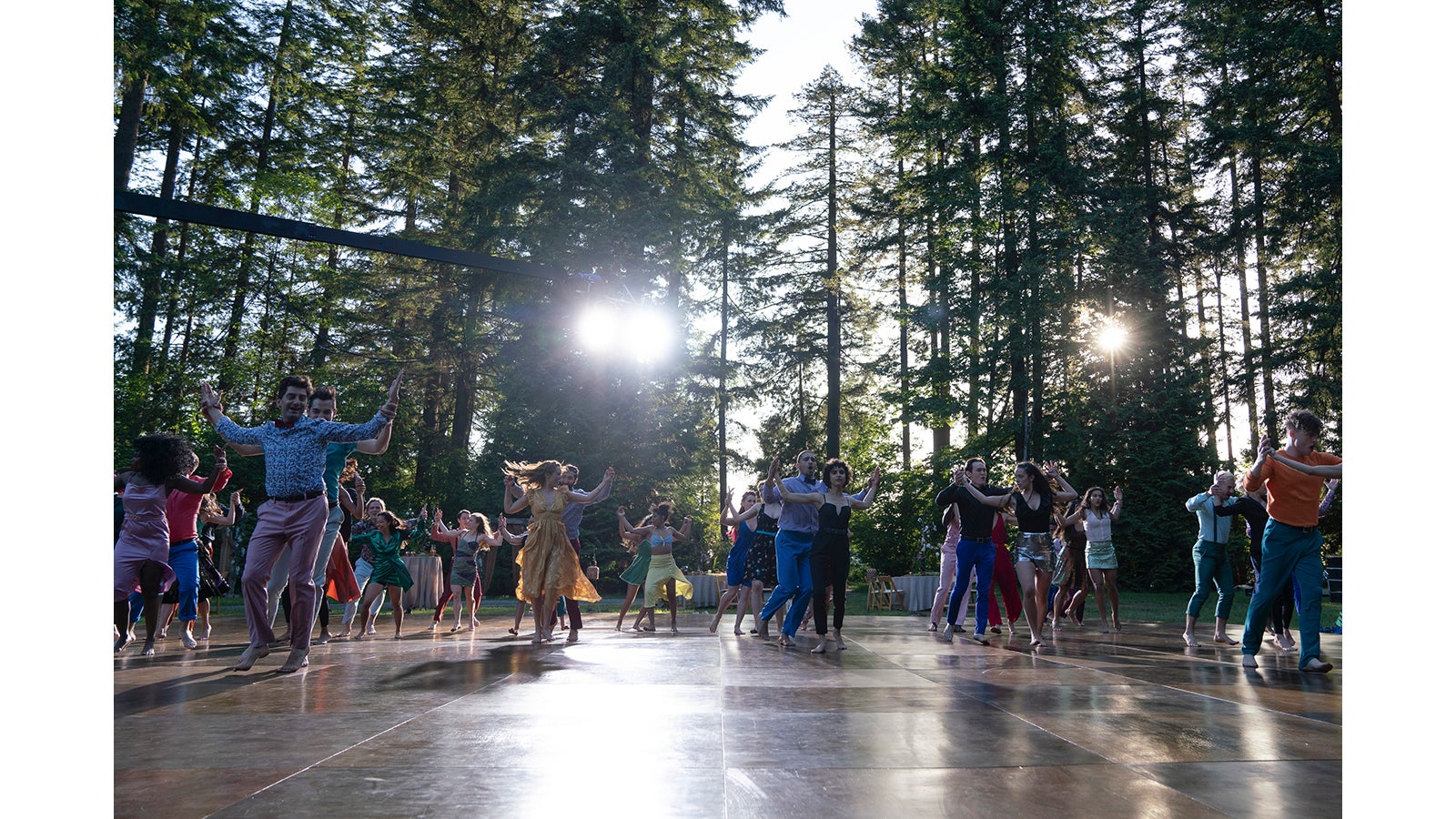
04-13-2020 - Case Study
Part II: Michael Wale, CSC Adds his Creative Touch on “Motherland: Fort Salem”
By: Suzanne Lezotte
“Motherland: Fort Salem,” which premiered March 18th on Freeform, is a show that takes place in an alternate America where witches ended their persecution by cutting a deal with the government to fight for the country.
Freeform/David Bukach
Created by Eliot Laurence, Jon Joffin, ASC, shot the pilot and first episode, subsequently alternating episodes thereafter with cinematographer Michael Wale, CSC. Joffin and Wale have a history together, going back to when Wale was Joffin’s camera trainee on “The X-Files,” and subsequently shot second unit for Joffin, who says they are very “like-minded.” The pilot for “Motherland” had been shot a year earlier by Joffin. “Tracy Jeffrey, the producer on “Motherland,” who I had worked with before, called me about the show. Since Jon and I know each other, it was a bit of a reunion. It’s almost like the planets aligned to have a show work out that perfectly,” said Wale.
Wale began prep on episode 3, while Joffin was shooting episode 2. He jokingly admitted, “I’m the ‘odd’ DP. I shoot the odd number shows since we are alternating. While Jon is shooting his show, I’m prepping, then we switch. It was a tag-team effort.” Having worked with Joffin for many years, Wale expressed that “he’s been a great mentor and I am a big fan of Jon’s work.”
While Joffin had set the look for the pilot, “I tried to match Jon’s approach and technique as much as possible, which was achieved by using the same lighting fixtures where possible, and philosophy.”

Since the show was already in production, workflow had been planned out from pre-production to post. “Joe DeOliveira, was our post producer, and our DIT was David Skidmore. In terms of on-set color, we would produce CDLs for dailies.” Wale stepped right in with the Sony VENICE and Zeiss lens package selected by Joffin. “The ability to shoot beautiful skin tones, 2500 ISO, and internal ND filters (ND3 to ND21) was what made the VENICE camera stand out for me,” said Wale.
Wale shot at 500 ISO, “99% of the time. There was one shot that comes to mind when I jumped to 2500 ISO.” The scene took place in an interior space, lit with low-level practical lights. The witches go to a museum with history of their lineage. They first enter a room with a gilded ceiling, and walk up to a pedestal upon which they place their medals. By doing so, their family history then appears on the flag. We started the scene with a shot, with one light that comes down from the ceiling onto the pedestal. Wale lit the room with strip LEDs and a few floor lamps. “Because it was a wide shot in such a dark environment, I couldn’t hide lights in the shot. So I set the camera sensor to 2500 ISO for maximum sensitivity. At the same time, I opened up the lens to the largest aperture to capture it,” he explained. For Wale, what made Sony VENICE work so well is that he was able to shoot at a high ISO for one shot and combine it with the rest of the scene shot at a lower ISO. “To be able to cut between shots with the two ISO levels, without a noticeable change in grain, worked perfectly.”

Freeform/David Bukach
That same location, an abandoned mansion in Vancouver known as the Rogers Mansion, also served for another scene where the girls wander through a part of the museum lined with preserved relics. The art department provided glass cases, “we worked with the reflections of the characters in the glass cases as they walked by. The cases and shelved items provided me with foreground,” he explained. Everything was motivated by the display case lighting, 1x1 LED Light Mats were placed above them. “I essentially lit the set with the Light Mats and supplemented with Titan Tubes, which have become a go-to lighting instrument for every show since then.” For Wale, the efficiency and simplicity of the lighting worked so he could go from wide shot to close up without having to relight. “The way we lit it was a challenge at times, but I am very happy with how it came out.”
In keeping with the somewhat vintage, aged look that Joffin had set, the opening scene of Episode 3 was the room where the Biddies slept. It was a practical location, shot in an old hospital. Wale lit it with 18K lights on lifts outside the window. “The musty atmosphere was achieved by introducing atmospheric smoke on the set,” he explained. “I believe I balanced the VENICE at 6000 degrees Kelvin and created a warm, tobacco CDL. The final look was done during timing in post.”

Freeform/David Bukach
Another scene takes place far away from the witches’ compound and has a much different look. It involved a Spree attack where a public swimming pool quickly froze, trapping people in and under the ice. During prep, location scouts had photographed several swimming pools, mostly exterior pools. “The problem with exterior pools is that I would not have control over the lighting. The scene was fairly complicated and had to be shot over 12 hours,” explained Wale. He insisted on an interior location in order to maintain control and continuity of lighting over the course of the shoot day. The rigging crew blacked out a large skylight over the pool, and attached trace paper and straw gels to all the windows, which were lit from the outside. “Twenty by twenty foot fly swatters were used to keep the direct sunlight off the traced windows. This way, I was able to keep the light consistent over the course of the day.” Since there is a significant amount of visual effects in this scene, Wale and his crew used an underwater housing for the VENICE and a 40-foot Scorpio crane and Libra head to shoot a combination of live action, plates, and “in some cases we just simply asked the swimmers to ‘freeze’ in position. I believe we shot it all in just under the allotted 12 hours, and everyone was happy with the results.”

Freeform/David Bukach
Joffin introduced Wale to VENICE on “Motherland.” “I’ve been running with it ever since. What I like the most is the high ISO, which gives me confidence, and the internal NDs give me the convenience to make changes quickly. When we have the VENICE up on a crane where it’s inaccessible, I can remotely change filters, ISO, shutter angle and the iris on the lens. Convenience and confidence are my two words for the VENICE.” Subsequent shows he shot with VENICE include Legendary’s “Debris,” and Quibi’s “50 States of Fright,” directed by Sam Raimi.
When asked if he had any advice for beginning cinematographers, his words take on new meaning in these strange times, when everyone has more than enough time to hone one’s craft. “Pay attention to lighting, in the real world and in films. Watch cinematographer’s work. Look at paintings and photographs. Listen to discussions about lighting. Keep shooting, practice and take chances. Be bold, be inspired. But also be kind, learn how to collaborate, how to solve problems, embrace challenge and opportunity. It’s okay to be scared, but have a plan while still being open to chance. Most importantly, find joy in your work.”





